CINEMA INFERNO has its roots in American road movies. A pair of desperate young lovers are on the run, driving across a mythical American landscape, pursued by a group of faceless gunslingers from a bygone era. As they drive across the desert into the burning sun, they seek shelter in an abandoned picture house, only to find themselves thrown into the celluloid worlds of the films on screen. As they fall through the violent landscapes of B movies, westerns, gothic horrors and road movies, we realise that there is no escape, and they are condemned by their crimes to be on the run for eternity.
CINEMA INFERNO integrates live cameras and projection to create a film that is made on stage before the spectator’s eyes. The performers use found objects, miniature sets and giant screens to create a dynamic piece of live cinema.
The show was staged live at Palais Chaillot, Paris on 6 July 22, for Haute Couture week and was live-streamed by Sodium Films.
Read more about the CINEMA INFERNO.
Instagram: @imitatingthedog / @maisonmargiela




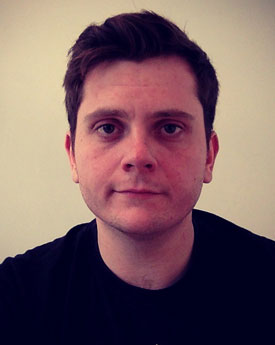
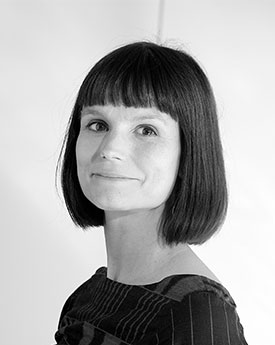
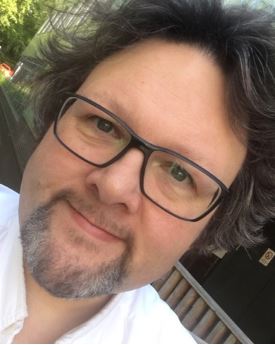
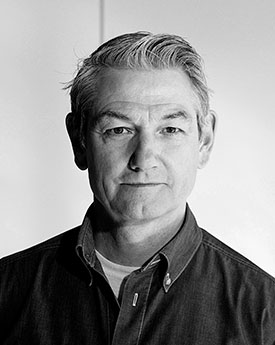
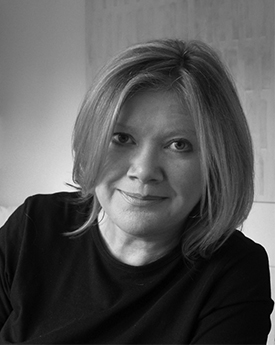




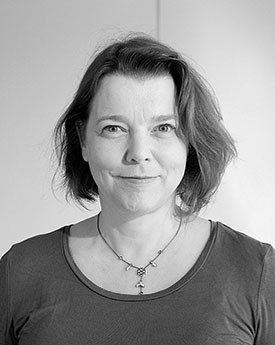
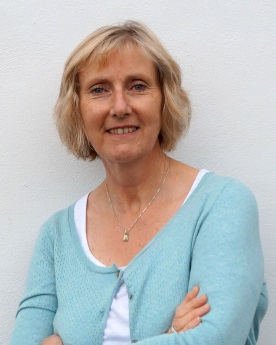






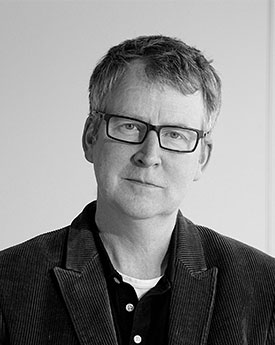


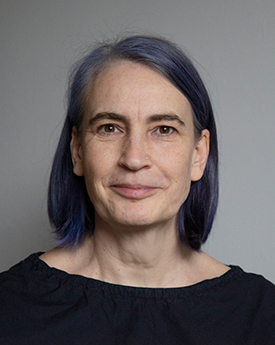
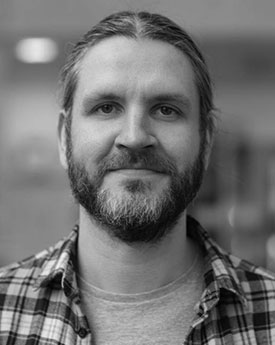











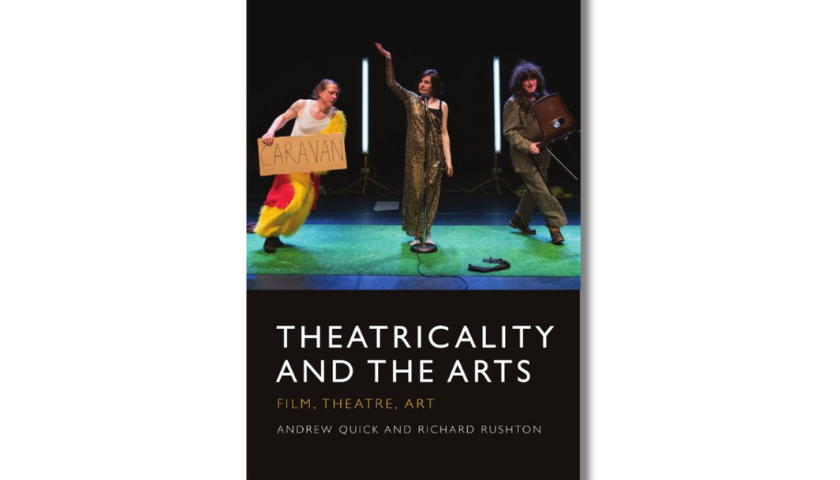

.png)

.png)

.png)







